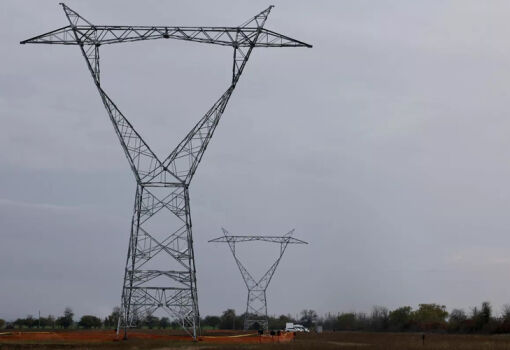
The event brought together key actors of the sector to share recommendations and experience gained in the implementation of one of the components of this program, dedicated to the development of local public services. The discussion was focused, in particular, on legal aspects of the use of water supply and sanitation (WSS) infrastructure in rural areas, compliance assessment and contractual issues.
The provisions of Law No. 303 on Public Water Supply and Sewerage Service came into force in 2019. According to the current legislation, the VC infrastructure belongs to the first or second level administrative-territorial units, or to the State. If WC networks and facilities serve a village or a city, they belong to the respective settlement.
If they pass through several villages and communes, providing water supply to a certain district, they belong to the district. The networks passing through several districts are given into the ownership of the state. Before transferring ownership, a thorough analysis is carried out and a decision is made as to who will be the owner of the infrastructure created.
“All these issues should be solved during the period of designing and starting the construction of the networks, at the end of which it should be clear who the owner is,” said Liliana Belecchiu, a water expert and consultant at GIZ. – This means that villages, cities or districts, having received the infrastructure into ownership, are obliged to register it and take it into account, and then hand it over to the operator for management. However, in practice we find that local public authorities often do not know and do not fulfill these requirements due to the lack of relevant specialists. As a result, this leads to the fact that networks are not registered and transferred to the operator, in accordance with the law.
The legislation presupposes the work of an engineer who would divide them into separate facilities for water supply, transportation, distribution, etc. Not having a specialist in this field, local authorities often inscribe this procedure in the list of requirements for bidders in tenders for determining the operator of water distribution networks. Thus, the legislative accounting norms are not observed either by the owner or by the operator. And this hinders subsequent procedures of investment in infrastructure. Today it is difficult to say how many such cases there are throughout the country, but this situation is quite common”.
In this context, the expert of the Congress of Local Authorities (CALM) Igor Kristal reported on the situation in the village of Korten, Taraclia district. It has been blocking the investment process for several years. Historically, the local roads and water supply network were on the books of an agribusiness established on the basis of a former collective farm, which became insolvent. The insolvency administrator included them as property in the debtor’s estate, which is claimed by creditors. For this reason, local authorities are unable to make capital investments in the repair and maintenance of local roads and water supply, which significantly affects their condition.
To address the situation, the council of the village of. Corten in October 2024 decided to pay 300 thousand lei (VAT excluded) from the local budget to compensate the value of these assets included in the debtor’s mass. This includes 110 thousand lei for local roads and 190 thousand lei for the water supply network. Although this decision was checked for legality by the territorial department of the State Chancellery, the structures of the Treasury subordinated to the Ministry of Finance do not accept the invoice for the payment of the above-mentioned compensation, questioning the legality of the transaction and the transfer.
The lack of licensed VC operators with sufficient capacity for expansion to provide regional network administration services is also becoming a serious challenge for infrastructure support. They do not exist in most regions of Moldova.
The panelists noted the need for regulatory measures in this area, as well as wider involvement of the population in improving the efficiency of construction and operation of water and sanitation infrastructure.







